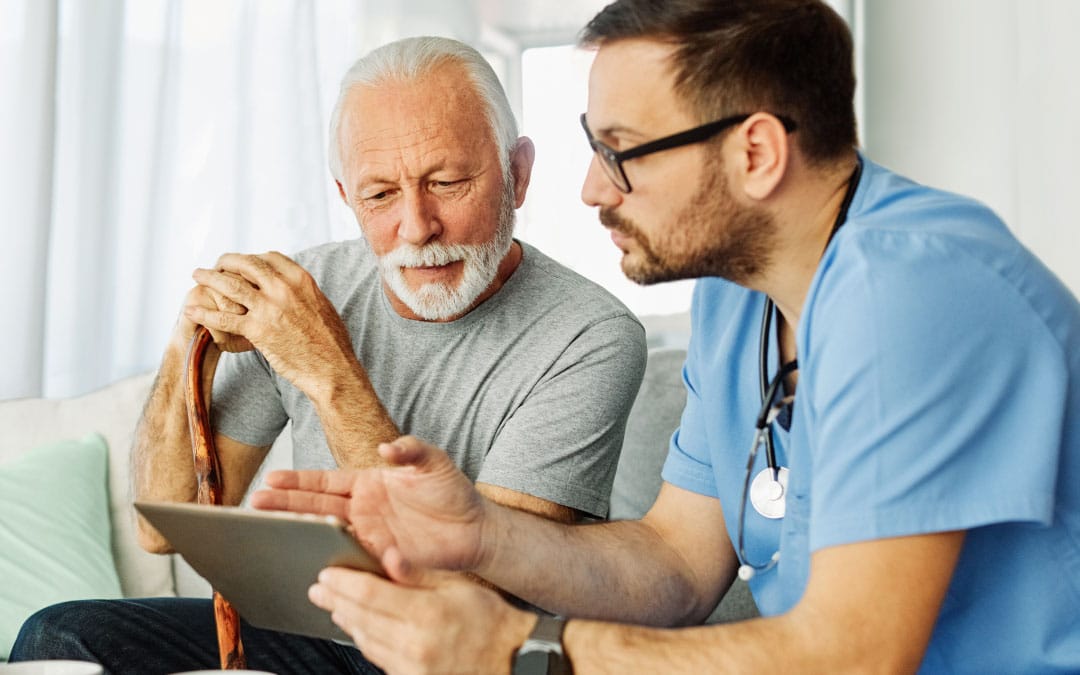Safeguard Remote Patient Monitoring Software: Shielding Patient Information
Safeguard Remote Patient Monitoring Software: Shielding Patient Information
Blog Article
The Future of Health Care: Remote Person Monitoring Simplified
As health care proceeds to evolve, one area that holds immense guarantee is remote individual surveillance. The principle of simplifying this process through technological improvements is improving the means treatment is supplied and obtained. With an emphasis on enhancing patient outcomes and improving health care shipment, remote tracking is poised to reinvent the market. By checking out the advantages, technological advancements, and future patterns in this area, we can gain valuable insights into the transformative potential of remote client surveillance.
Benefits of Remote Person Tracking
Remote person monitoring provides a plethora of benefits for both health care carriers and clients alike. Furthermore, remote person monitoring improves the total quality of care by offering a much more alternative and detailed sight of patients' wellness standing past traditional in-person check outs.
In addition, remote individual monitoring can lead to better individual results and satisfaction. Remote surveillance can decrease the need for constant medical facility gos to, decreasing health care costs for both service providers and people.
Innovation Driving Remote Monitoring
In the world of modern medical care, technological advancements play an essential role in driving the advancement and effectiveness of remote person monitoring. The assimilation of innovative innovations such as wearable devices, mobile applications, and cloud-based platforms has actually transformed the means doctor remotely handle and check client wellness - remote patient monitoring software. These innovations make it possible for continuous real-time tracking of crucial indicators, medication adherence, and other vital health data, enabling prompt treatments and personalized care plans
One secret modern technology driving remote surveillance is the Internet of Things (IoT), which allows smooth connection in between clinical tools and medical care systems. IoT devices such as smartwatches and wireless sensors gather and transfer individual information to central systems, promoting remote surveillance from throughout the globe. Expert system (AI) and artificial intelligence algorithms further enhance remote monitoring by evaluating large amounts of patient data to detect patterns, predict health fads, and sharp medical care carriers to possible concerns.
Influence on Health Care Shipment
With the integration of advanced technologies driving remote patient monitoring, the influence on medical care delivery is ending up being transformative and increasingly extensive. Remote individual monitoring permits doctor to use more proactive and tailored like individuals, resulting in improved wellness results and reduced health center admissions. By remotely tracking vital indicators, symptoms, and medicine adherence, health care specialists can step in early, preventing difficulties and improving the total high quality of treatment.
Furthermore, remote surveillance improves accessibility to healthcare solutions, particularly for people in underserved or rural locations. Clients can obtain continuous tracking and assistance from their homes, getting rid of the demand for frequent in-person brows through. This not only conserves time and lowers expenses for both people and healthcare facilities yet also lessens the threat of exposure to contagious conditions, an essential factor to consider in the current health care landscape.
In addition, remote patient surveillance allows medical care carriers to far better prioritize and allocate resources treatment based upon real-time data. By identifying risky people and intervening immediately, medical care distribution becomes more reliable and this website reliable, inevitably bring about a more sustainable and patient-centered healthcare system.
Improving Patient End Results

In addition, RPM permits positive management of chronic problems, minimizing the probability of severe exacerbations and hospital readmissions. People gain from enhanced convenience and convenience, as they can get care in their very own homes while staying connected to their doctor. This constant monitoring not just improves patient contentment however also cultivates a sense of empowerment and engagement in their very own health monitoring.
Future Trends in Remote Tracking
Embracing innovative technologies in remote person tracking is forming the future landscape of healthcare shipment. The future patterns in remote surveillance are expected to change the method medical care is supplied, making it more patient-centric and efficient. One considerable fad is the enhanced use wearable devices and sensing units to collect real-time information, making it possible Your Domain Name for doctor to keep an eye on patients constantly without the demand for frequent in-person sees. These devices can track important indicators, medication adherence, and activity degrees, giving an extensive sight of the person's health condition.

Furthermore, telehealth systems are becoming extra sophisticated, allowing for digital examinations, remote diagnosis, and remote person monitoring done in one incorporated system (remote patient monitoring platform). This alternative technique to remote tracking is enhancing healthcare delivery, enhancing patient satisfaction, and ultimately, boosting general high Home Page quality of care
Conclusion
Finally, remote patient tracking supplies numerous advantages in medical care distribution, driven by advancements in modern technology. It has the potential to improve client results and transform the way medical care is supplied. Future patterns in remote monitoring will remain to form the landscape of healthcare, providing possibilities for even more reliable and tailored individual care.
Remote person tracking presents a multitude of advantages for both healthcare service providers and patients alike. In addition, remote client surveillance improves the overall top quality of care by giving a much more holistic and thorough view of people' health and wellness status past traditional in-person sees.
Furthermore, remote person tracking can lead to better client end results and complete satisfaction. Remote person tracking permits healthcare suppliers to offer even more tailored and proactive treatment to patients, leading to enhanced wellness outcomes and decreased health center admissions. Remote patient tracking (RPM) plays a substantial duty in improving client end results by giving continuous, real-time data that makes it possible for medical care service providers to step in without delay and adjust treatment plans as needed.
Report this page